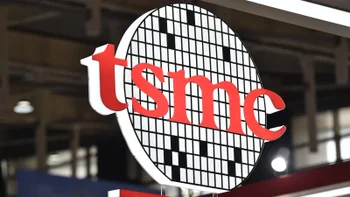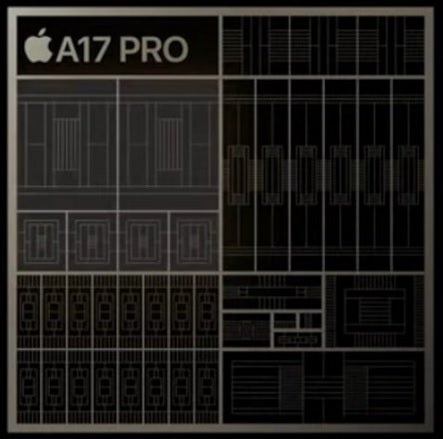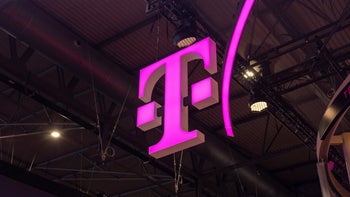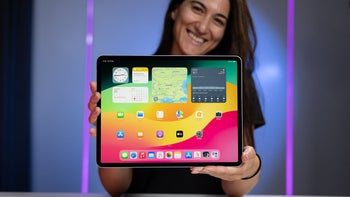Qualcomm, MediaTek expected to join Apple as customers for TSMC's second-gen 3nm node in 2024

As we've had the opportunity to mention quite a few times, TSMC's first 3nm process node, N3B, is being used by just one of its customers. If you guessed Apple, you're right! Only the iPhone 15 Pro and iPhone 15 Pro Max are powered by a 3nm application processor (AP) which is the A17 Pro. Per China Times (via Wccftech), Apple was able to reserve most of TSMC's 3nm production this year because wafer prices for 3nm are $20,000 a pop and yields are 55% leaving Apple as the only firm willing to pay the price of admission.
But back in August, The Information stated that TSMC's 3nm yield was 70% and that Apple was the recipient of a sweetheart deal from TSMC. Usually, the fabless company that designs a chip (which is Apple in this example) is responsible for paying the foundry for defective dies unable to pass QC. The Information said that TSMC is eating the cost of defective chips produced fpr Apple using TSMC's N3B node. This could be saving Apple an amount in the billions of dollars.

The A17 Pro chipset is the only 3nm application processor found on a smartphone this year
China Times reports that TSMC is currently producing 60,000-70,000 wafers per month for 3nm chips, but that number should rise to 100,000 per month by the end of next year. Part of the increase will come as Qualcomm and MediaTek sign up for the N3E second-generation 3nm node which shouldn't cost as much as N3B. The Snapdragon 8 Gen 4 and the Dimensity 9400 APs are both expected to be produced next year using N3E. 3nm production could account for 10% of TSMC's revenue in 2024, double the 5% it accounted for this year.
In 2023, the A17 Pro and M3 chips should generate $3.1 billion in revenue for TSMC. Apple is spending plenty of money to be a leader in 3nm. A report earlier this month said that the cost to Apple to tape out the 3nm M3, M3 Pro, and M3 Max chipsets was $1 billion. The tape-out is the final part of the process of designing a chip before manufacturing begins. With costs like that it is easy to see why Qualcomm and MediaTek allowed Apple to have the first crack at 3nm this year.
Next year, though, is going to be different.












Things that are NOT allowed: